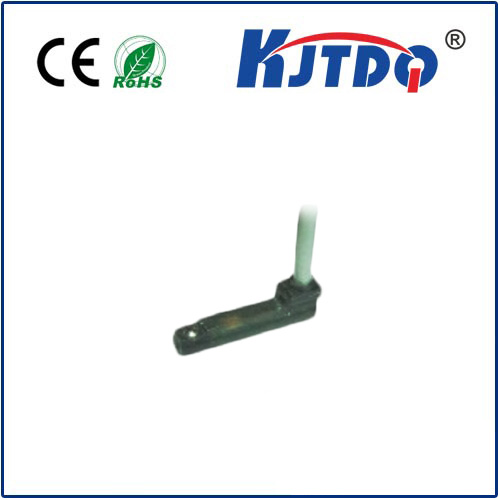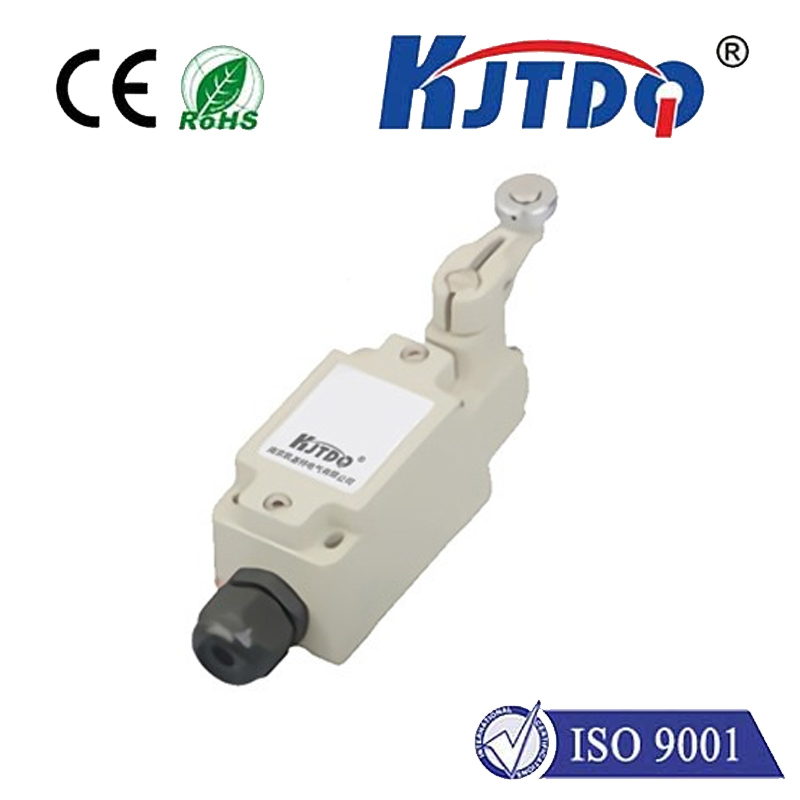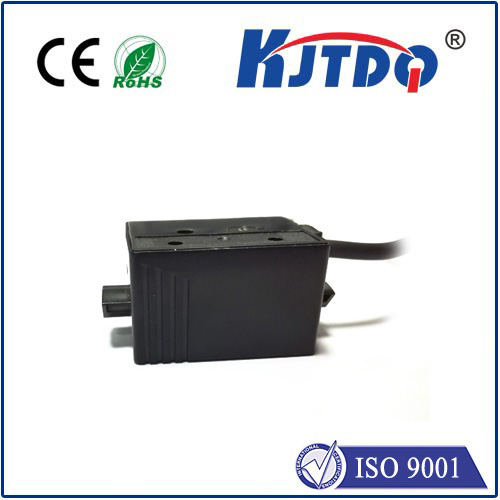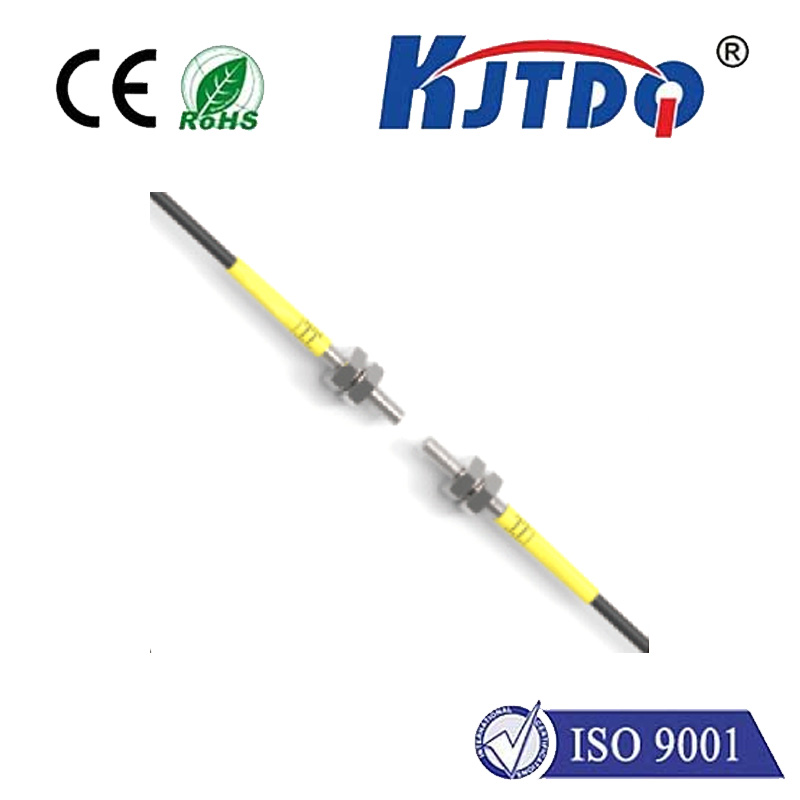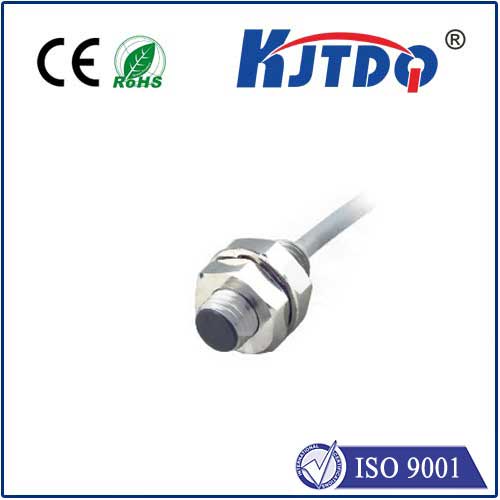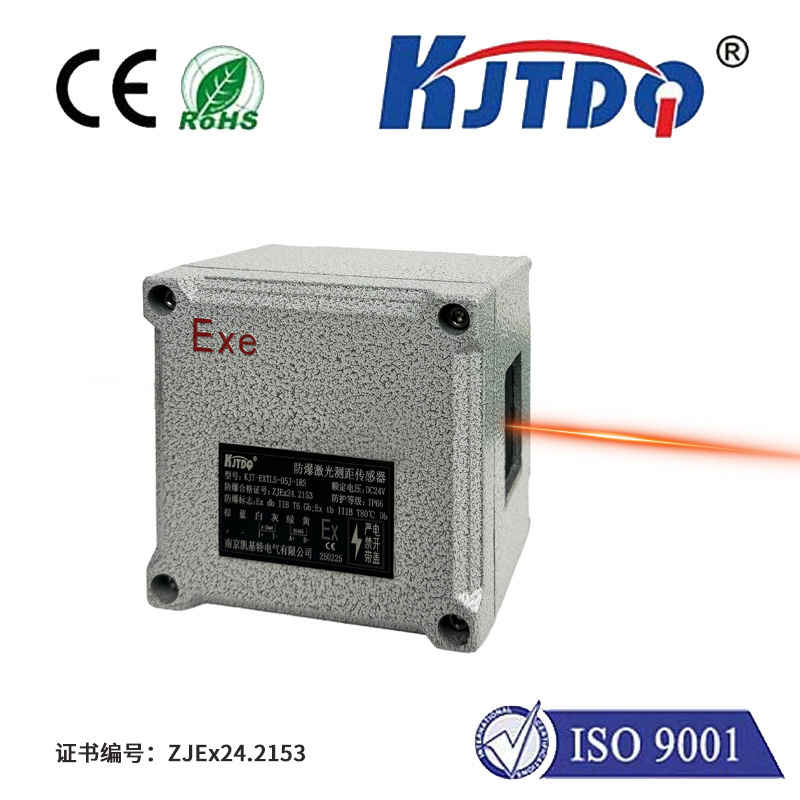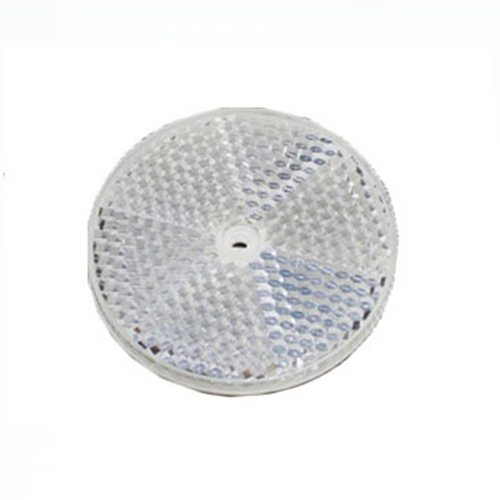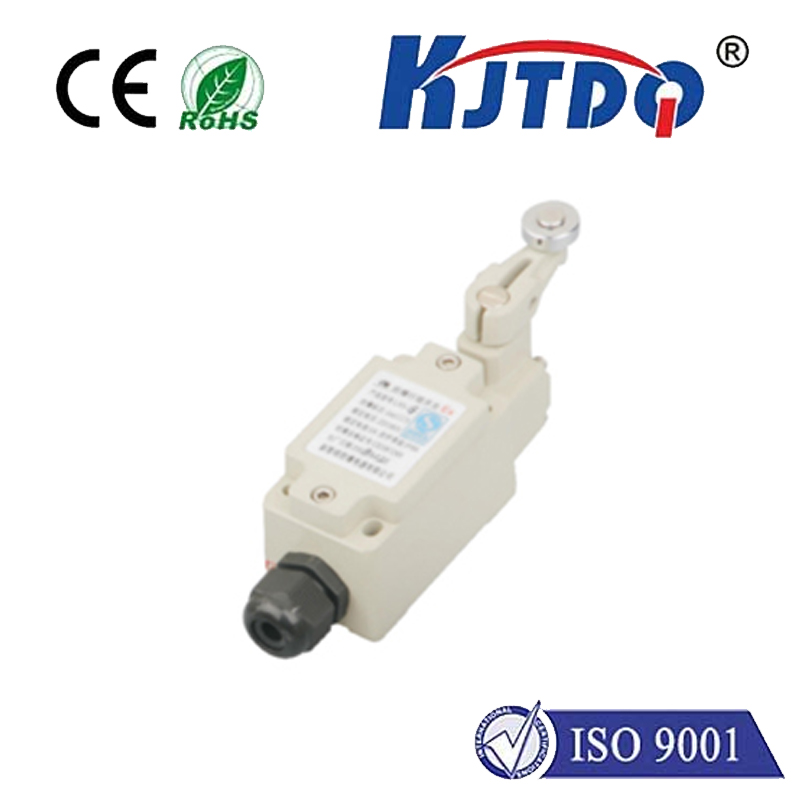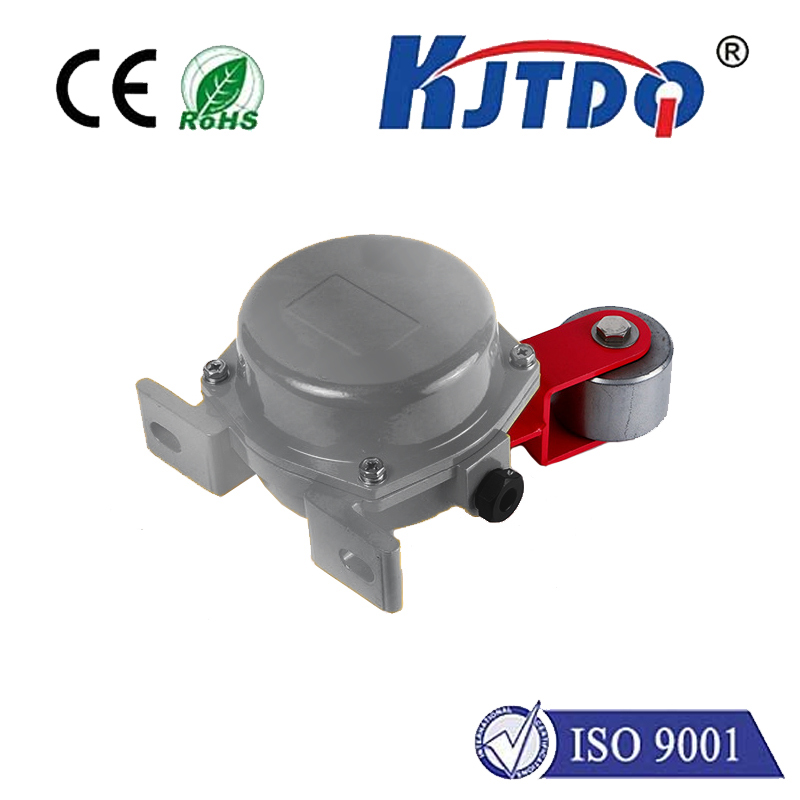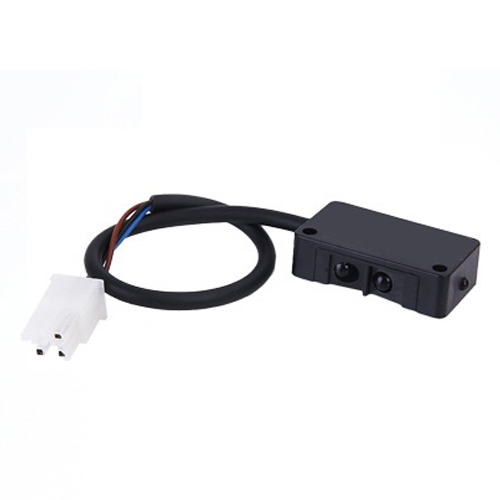

check

check

check

check

check

check

check

check

check

check

Title: High Temperature Sensor: The Quiet Guardian of Extreme Heat Environments Introduction - The Importance of Monitoring High Temperatures In an array of industries, the accurate monitoring of high temperatures is critical to ensure safety, efficiency, and product quality. From the fiery cores of steel mills to the blistering engines of space exploration, a reliable high temperature sensor is indispensable. This article delves into the world of high temperature sensors, elucidating their importance, functionality, applications, and future advancements. Understanding High Temperature Sensors A high temperature sensor is a device designed to measure and monitor temperatures exceeding the standard range that typical sensors can handle. These sensors come in various types, including thermocouples, infrared sensors, and fiber optic sensors, each suited to different environmental needs and temperature ranges. Their ability to withstand extreme heat while providing precise measurements makes them crucial for industries such as manufacturing, aerospace, automotive, and energy production. Key Applications Across Industries One of the paramount uses of high temperature sensors is in the metal fabrication and glassmaking sectors. Here, furnaces operate at temperatures高达 several thousand degrees Celsius, and monitoring these heat levels ensures both the quality of the final product and the safety of the workers. Additionally, in power generation, particularly in the operation of gas and oil-fired turbines, these sensors play a vital role in preventing overheating and ensuring optimum performance. Another notable application is in the automotive industry, where high temperature sensors are utilized in monitoring engine performance and exhaust systems, contributing to both efficiency and compliance with environmental regulations. Moreover, in the realm of aerospace, they are essential for the thermal management of spacecraft entering atmospheres or engaging in high-speed flights, safeguarding both missions and lives. Technological Advancements and Innovations The evolution of high temperature sensor technologies has been marked by enhancements in durability, accuracy, and integration with smart systems. Modern high temperature sensors can now communicate wirelessly, providing real-time data that can be analyzed through IoT platforms. This innovation enables predictive maintenance and improves overall system reliability. Furthermore, research into materials capable of withstanding extreme temperatures continues, promising sensors that are not only more resilient but also more sensitive and responsive. Challenges and Future Perspectives Despite their progress, high temperature sensors still face challenges such as limited lifespan when exposed to continuous high temperatures and potential interference from harsh environments. Addressing these hurdles requires ongoing research and development. In the future, we can anticipate breakthroughs leading to sensors that are more robust, have a wider temperature range, and can integrate seamlessly into smart industrial ecosystems. Conclusion - The Pillar of Thermal Resilience High temperature sensors stand as sentinels in the realm of extreme heat, their precision and resilience underpinning critical industrial processes across various sectors. As technology marches forward, so too will the capabilities of these silent guardians, ushering in an era of even greater safety, efficiency, and innovation. In a world where heat is both a powerful ally and a formidable foe, high temperature sensors remain our unwavering watchmen, securing the delicate balance between extreme conditions and optimal performance.
